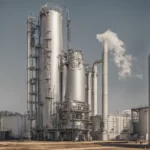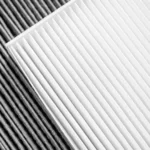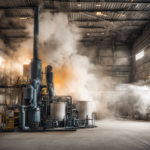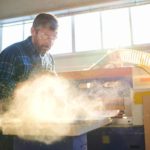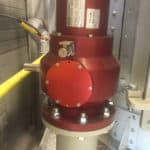Tony Roepman
Chief Mechanical Engineer at JOA, a seasoned expert with over two decades of experience, including specialized expertise in ATEX compliance. Graduated from Rotterdam University of Applied Sciences and Mechanical engineering. Leading in the development of tailored solutions for dust, fumes, and pneumatic conveying. Tony's approach is grounded in hard data, ensuring results and ROI. His communication style is clear and accessible, making complex concepts understandable to all.
Author Name:
Tony Roepman
Amount of posts
Showing 1-6 of 6.
Articles written by:
Tony Roepman
